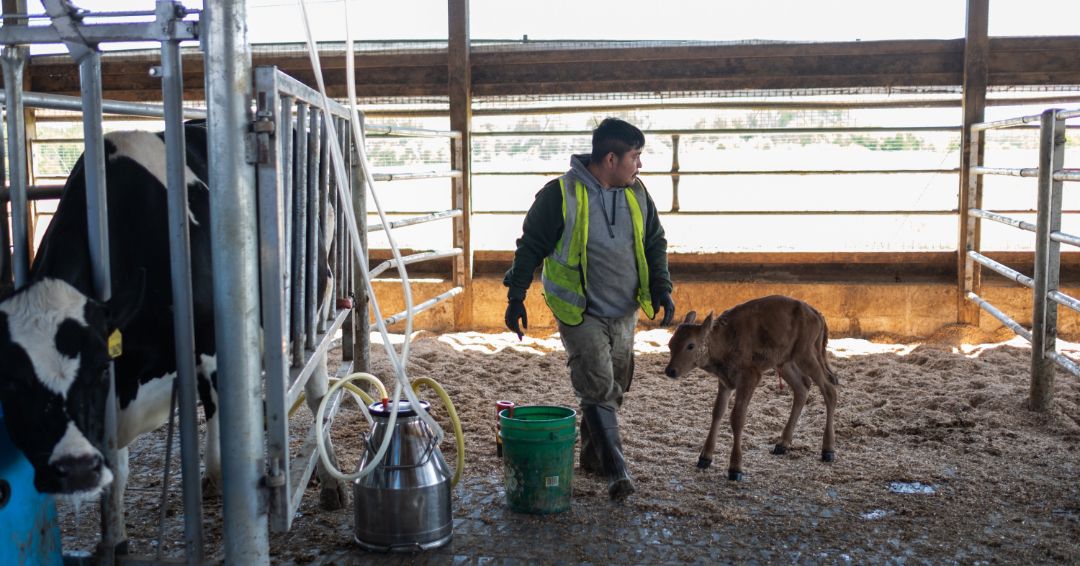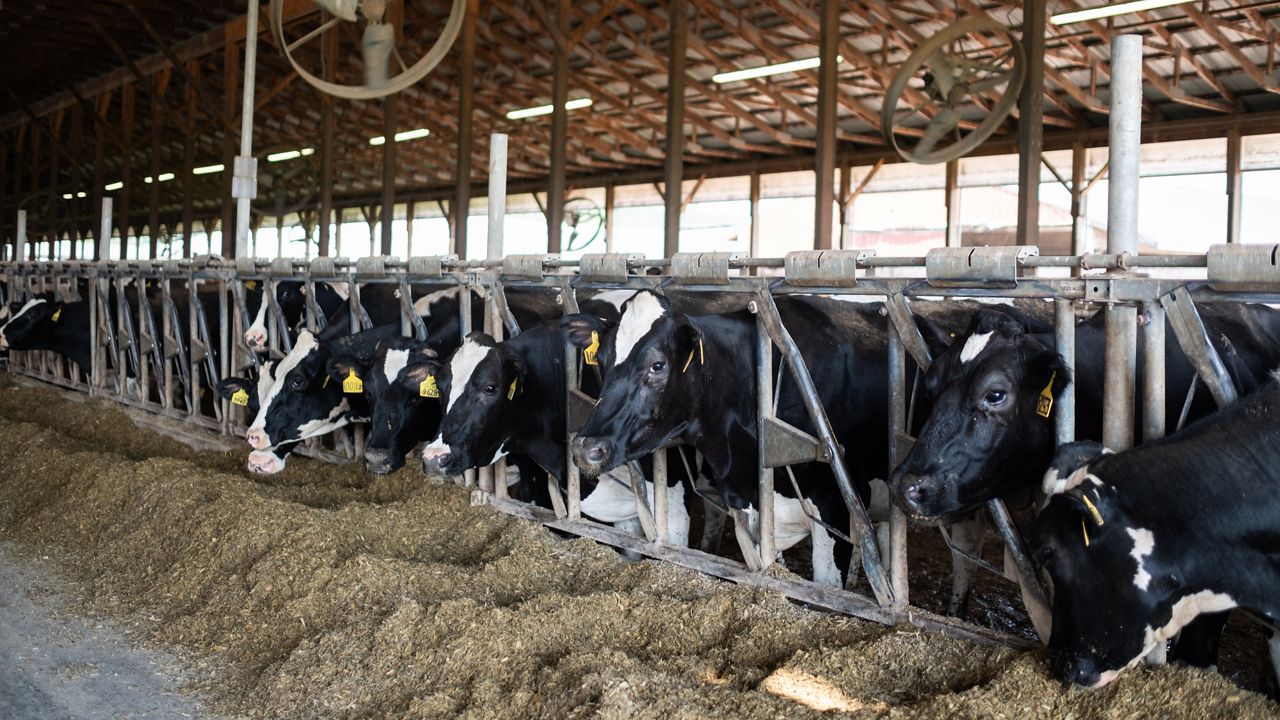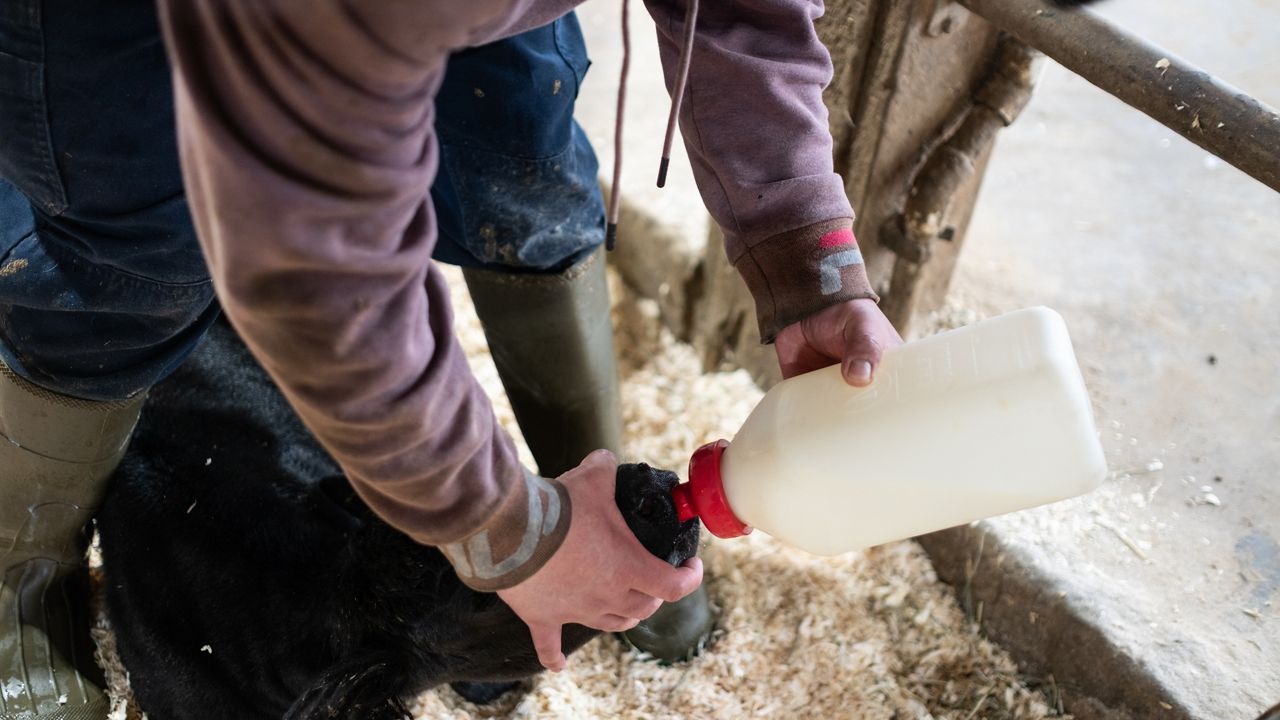Before the legislative session ends in Albany this week, dairy farmers and advocates are pushing for a change to the language of the overtime tax credit that so far has excluded some farm businesses from getting reimbursed.
Keith Kimball, owner of La Casa de Leche, a dairy farm in Alexander, Genessee, is one of the farmers currently ineligible for a tax credit that offsets increased overtime costs due to new state regulations.
La Casa de Leche consists of four different farms that are each their own LLC with their own assets and line of financing. However, the employees work on multiple sites — complicating how payroll is completed.
“We have what we call a management company that is still solely owned by myself, and we use that to pay all the employees so that no matter which LLC the employee works for, they get paid by this management company. The reason we do that is because it streamlines payroll,” Kimball said.
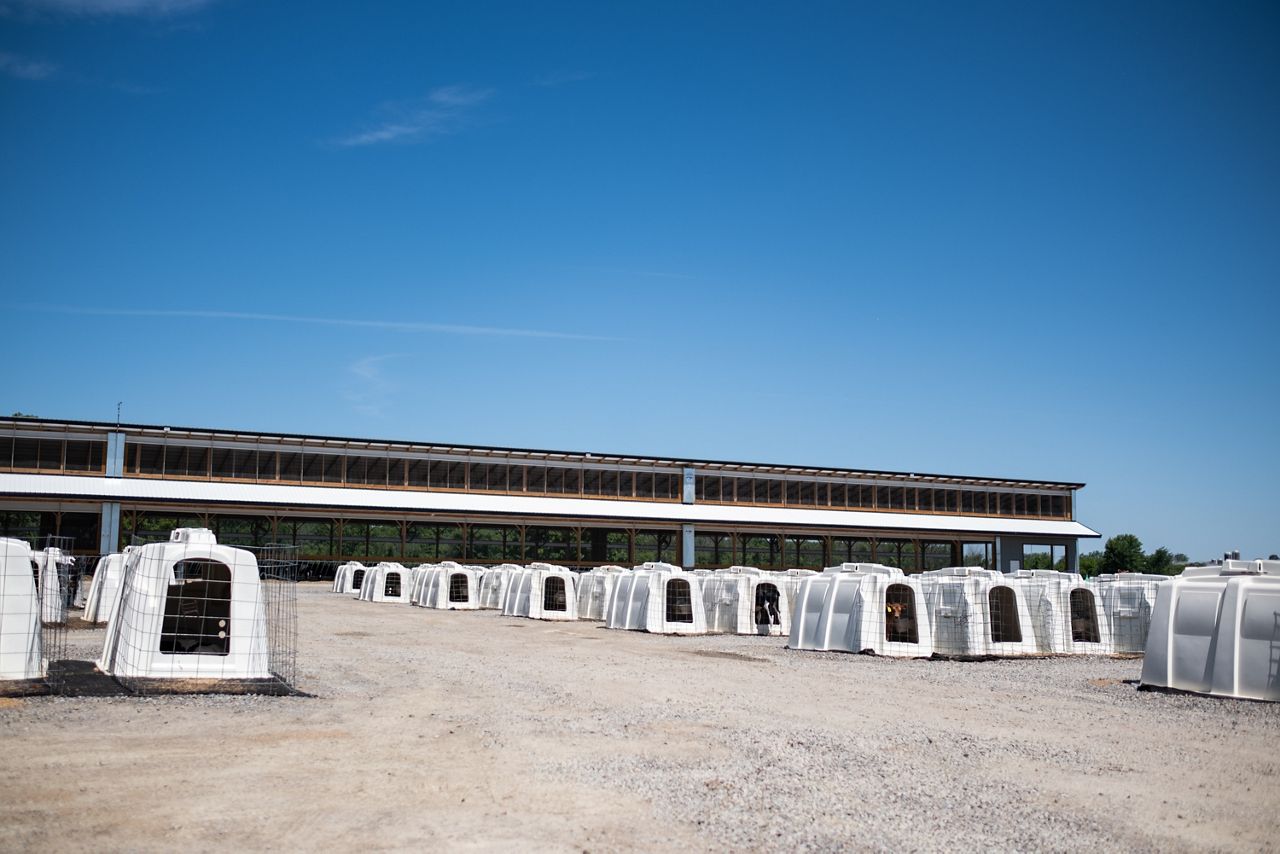
It also allows Kimball to provide health insurance and retirement benefits under one program versus four different programs. Due to this structure, Kimball isn’t eligible for the tax credit.
“The tax credit is eligible to the farms, but it’s not eligible to the management company just because of its structure. The definition is that two-thirds of your income has to come from farming,” Kimball said.
Kimball and the Northeast Dairy Producers Association are asking state legislators to change how the tax credit is distributed so all farms quality regardless of how they do their payroll.
A bill that would extend eligibility passed the state Senate last week and is now waiting to go through the Assembly.
Assemblywoman Donna Lupardo, D-Endwell, is a sponsor of the bill.
“The overtime tax credit will provide a lifeline to many of New York’s struggling farms. It’s important that this credit apply to all New York farm operations, including those with multiple locations,” Lupardo said in a statement.
Changes to the overtime threshold have brought challenges for farmers including the management company technicality.
“We’re just asking that with the roll out of this legislation that everyone is treated fairly. It’s driven up the costs on farms and New York has recognized it puts all New York farmers at a disadvantage versus their peers in other states,” Kimball said.
Beginning this January, farmworkers became eligible for overtime after 56 hours, down from 60 hours. It will continue to drop in increments of four hours each year until it reaches 40 hours. As part of the change, New York state is reimbursing farmers for overtime they pay above the threshold.
Labor has been one of the biggest expense increases on farms, and one of the reasons why some have sold off in the past decade. Farmworkers in New York received $1.2 billion in payroll in 2022 versus approximately $800 million in 2017, according to the U.S. Department of Agriculture's census. Additionally, there was a loss of 1,865 dairy farms in New York.
“It sure has put some stress on farmers. It’s increased the costs, and we work in a commodity market where we sell at commodity prices that we have no control over,” Kimball said. “As input costs rise, we can’t just charge more for our milk, we take what the market is offering.”
Farmers are paying the overtime hours up front but then will apply for the tax credit through an online application. They will then receive the credit early next year after their applications are approved.
Tim Moag, a certified public accountant who handles agriculture business for Freed Maxick, said having a management company for a farm is not uncommon.
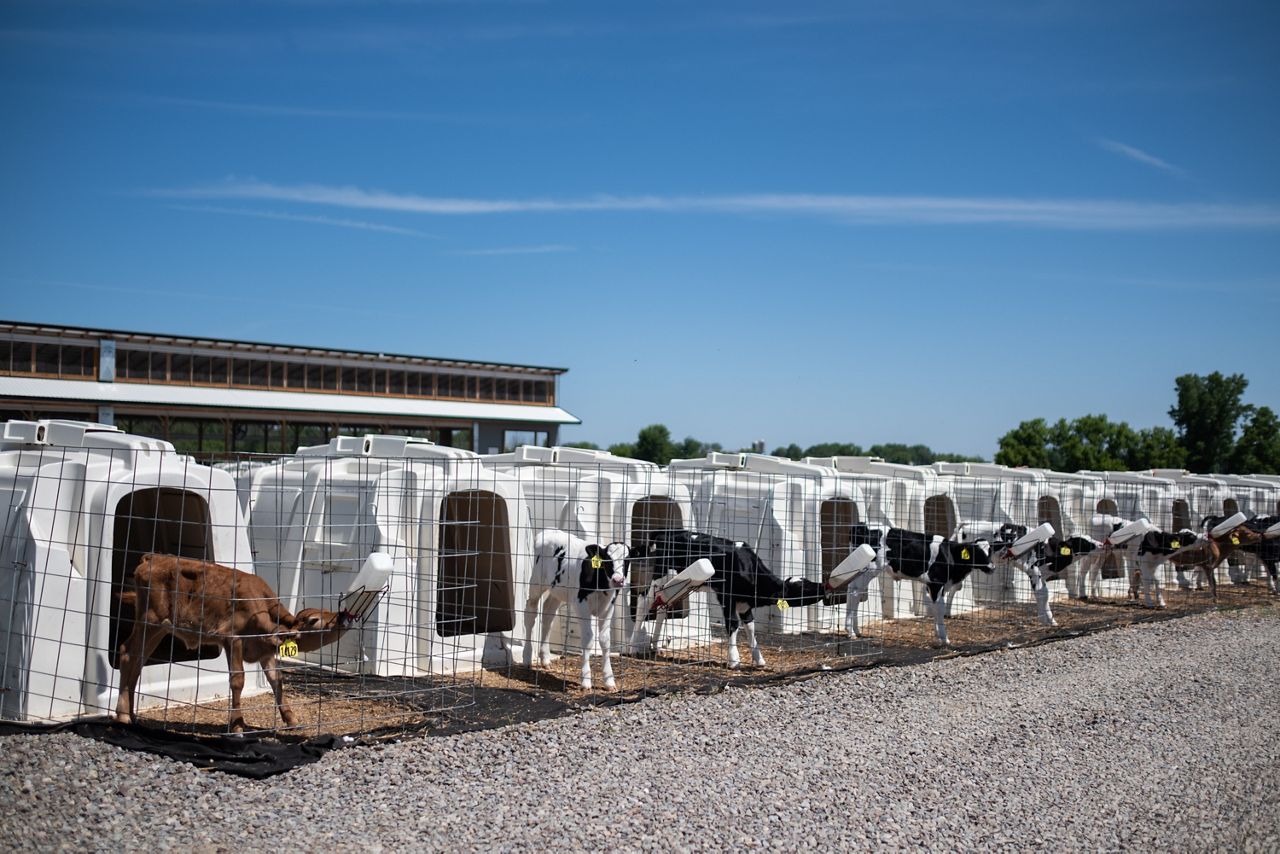
“This is not a unique structure to dairy farming or any farm business. It’s fairly common in corporate America and again, it’s an efficiency thing. For Keith, he can work on one payroll per week and in his case, doesn’t have to run three or four payrolls for each farm,” Moag said.
Being ineligible for the tax credit puts the farms using this type of structure at a disadvantage, Moag said.
“Just because his businesses lie outside of the statute of the legislation, that shouldn’t mean that his neighbor’s farm workers are eligible for that benefit but he’s not. It's about leveling the playing field,” he said.
As input costs rise, it’s more difficult for dairy farmers to make ends meet, so having to front the cost of the overtime change is challenging, Moag said.
“It’s a dollars and cents business, and they’re a price taker, not a price maker so I think every 10 cents, every 20 cents they can squeeze out, it’s important. I think that’s where they look forward to these benefits,” Moag said.





